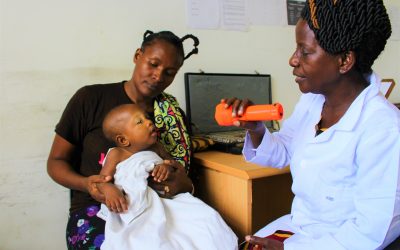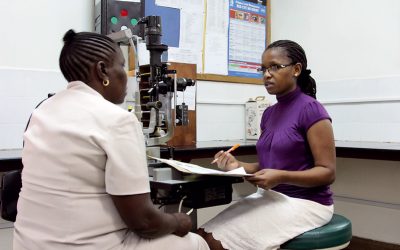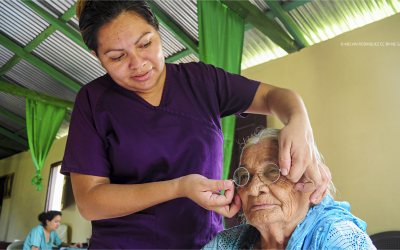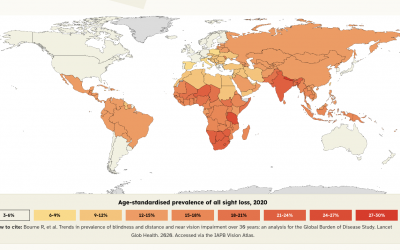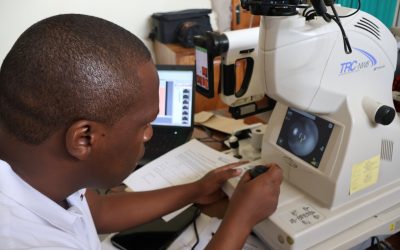Iceh News
Changing policy through research: Child Eye Health in Tanzania
Photo credit: Aeesha Malik Blindness and sight loss in early childhood has far-reaching consequences for a child, affecting their physical and mental development, education, future employment and wellbeing. Globally, 70 million have sight loss and 1.4 million are...
Equity can be better addressed in glaucoma research
Photo credit: Heiko Philippin Glaucoma is the leading cause of irreversible blindness globally. In 2020, 3.6 million people over 50 years of age were blind globally due to the condition, and there are estimated to be 112 million people with glaucoma by 2040. Early...
Using a ‘silk road’ referral pathway for retinoblastoma between Afghanistan and Pakistan
Retinoblastoma (Rb) is the most common eye cancer in childhood, and in high income countries is regarded as generally curable, with nearly no children dying. In many countries however, there is no capacity to provide even basic treatment for the condition. Afghanistan...
No countries on track to reach eREC target by 2030, study finds
Photo credit: Melvin Rodriguez Uncorrected refractive error is the most common cause of vision impairment, and the second leading cause of blindness in the world. It is caused when the shape of the eye keeps light from focusing correctly, and means you require...
People willing to procure next pair of glasses after experiencing them once, study finds
Photo credit © Shrikant Ayyangar, Mission for Vision Presbyopia, a common age-related condition characterized by a decreased ability to focus on near objects, affects a significant portion of the global population. There are an estimated 826 million people who have...
New IAPB Vision Atlas Launches
A new version of the IAPB Vision Atlas has launched, providing the latest visualisations and information around the magnitude and causes of sight loss globally. First starting in 2017, the Vision Atlas became a digital platform in 2021. The latest version, launched at...
Study outlines how mHealth is used in eye care
Mobile health (mHealth) is a rapidly growing field that is described by the World Health Organisation as the use of mobile and wireless technologies to support the achievement of health objectives, which can include the improvement of outcomes, healthcare services and...
Selecting an Artificial Intelligence System for Diabetic Eye Screening in Tanzania
Tanzania has the highest age-adjusted prevalence of diabetes in sub-Saharan Africa. Diabetic retinopathy (DR), a common complication, is a significant cause of vision loss; but with effective screening and treatment this often can be prevented. However, with very few...
Study highlights distribution of trachoma-causing bacteria
© Rajan Shrestha Trachoma is a painful, blinding disease that over 100 million people worldwide are at risk from. The disease is caused by the bacterium Chlamydia trachomatis (Ct). Repeated infections with the bacteria eventually cause the eyelashes to turn inwards,...

